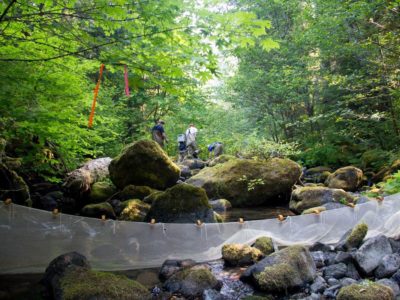
Carbon Storage Responds to Forest Growth, Mortality, and Climate
Carbon Storage Responds to Forest Growth, Mortality, and Climate
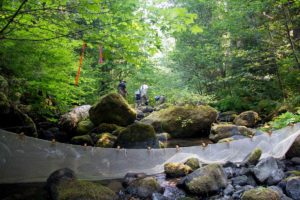
Old-growth forest-stream ecosystems store enormous amounts of carbon. Andrews LTER researchers found that forest biomass accumulated at relatively linear rates over a century – counter to theoretical predictions that biomass accumulation would slow during forest succession. They also found that climate change related mortality at Andrews is low compared to other forests in the western U.S. and that forest harvest reduced stream dissolved organic carbon flux for over 50 years. According to predictions, valleys may be buffered from increasing temperature, but a warming climate could also push old-growth forests to become net carbon emitters.
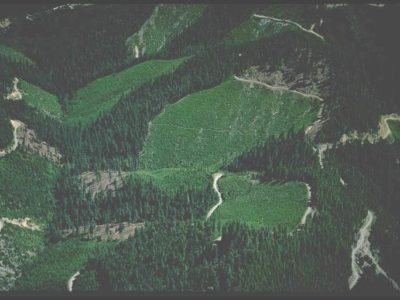
Forest Succession Following Clearcut Harvest
Forest Succession Following Clearcut Harvest
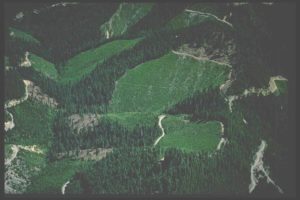
Credit: AND LTER
Due to increased shading from forest regrowth, streams in recovering forest experience declining temperatures, despite a warming climate. Site history is essential to correctly interpreting climate change response to such trends.
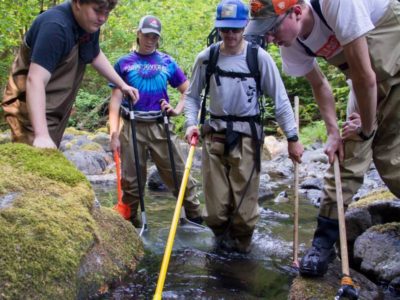
Newly Recognized Stream Responses to Warming Trends
Newly Recognized Stream Responses to Warming Trends
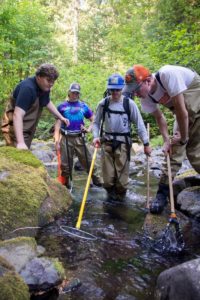
Credit: Lina DiGregorio
Cross-site comparisons reveal varying long term trends in nitrogen exports, and varying responses to warming trends. Although theory predicts that streamflow should recover quickly after disturbance, paired watershed comparisons found decreases in summer flow (relative to undisturbed watersheds) in regenerating post-harvest forests 25 to 45 years old.

Biodiversity Losses and Gains
Biodiversity Losses and Gains
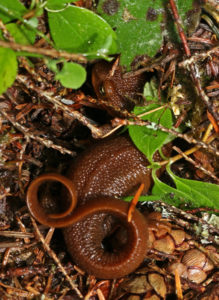
Credit: Eriks Zambello
The northern spotted owl, an iconic species in federal lands policy, continues to decline. Over 4,000 invertebrate species have been recorded at AND LTER since 1991. Native climate-sensitive bird species appear to be persisting, despite multi-decade warming, likely because old forests buffer micro-climate.

Disturbance Produces Multi-Decadal Legacies
Disturbance Produces Multi-Decadal Legacies
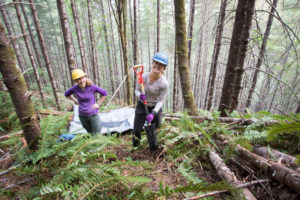
Credit: Lina DiGregorio
The fire regime at AND LTER was previously believed to be dominantly stand-replacing. However, three quarters of 124 post-fire sites had multi-age cohorts of plant species, indicating mixed severity fires over the past 400 years. Pre-disturbance understory plant species persisted for decades after clear-cut logging and broadcast burning, contrary to the theory that severe disturbance would eradicate understory species.










